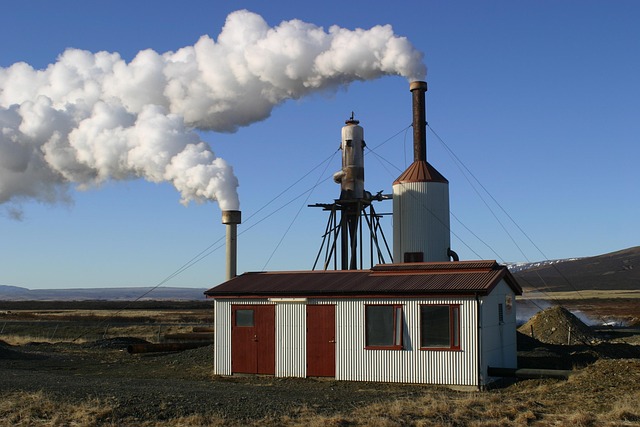Empowering Arid Lands: The Role of Renewable Energy Sources in Combating Desertification
As we stand on the precipice of a climate crisis, the effects of climate change are manifesting in numerous ways across our planet. One of the most alarming trends is the rapid expansion of desertification, a phenomenon that threatens the very fabric of life in many regions. The challenge is immense, but within it lies a powerful opportunity: the integration of renewable energy sources to empower arid lands and reverse the tide of degradation.
The Desertification Dilemma
Desertification is not merely an environmental issue; it’s a humanitarian crisis. It strips communities of their livelihoods, diminishes water availability, and leads to the displacement of people. With global temperatures on the rise, arid and semi-arid areas are becoming increasingly vulnerable. According to the United Nations Convention to Combat Desertification (UNCCD), up to 1.5 billion people may be affected by land degradation by 2025. We must act decisively and innovatively to combat this dire situation.
Renewable Energy: A Beacon of Hope
It is here that renewable energy sources emerge as a beacon of hope, offering not only a means to mitigate climate change but also a pathway to rejuvenate desolate landscapes. Solar panels, wind turbines, and biomass systems are some of the technologies that can bring electricity to remote areas, enhancing local economies and improving livelihoods. By harnessing the power of the sun and wind, we can create sustainable energy solutions that contribute to both environmental preservation and community resilience.
The Synergy of Energy and Agriculture
One of the most impactful ways renewable energy can combat desertification lies in its ability to support sustainable agricultural practices. Electric pumps powered by solar energy can provide essential irrigation in arid regions, allowing crops to thrive where they once withered. By implementing renewable energy in agricultural systems, we not only secure food sources but also promote soil health and prevent erosion, paving the way for a more stable ecosystem.
Revitalizing Communities through Clean Energy
Access to renewable energy can transform communities experiencing desertification. Clean energy initiatives have the potential to provide jobs, stimulate local economies, and improve quality of life. Imagine a village once burdened by the limitations of diesel generators transitioning to a solar-based energy grid. The savings on fuel can be reinvested in education, health care, and infrastructure, fostering a sense of hope and continuity in the face of adversity.
Conclusion
Embracing renewable energy sources as a means to address desertification is crucial in our fight against climate change. It’s not merely about meeting energy demands; it’s about empowering communities and rejuvenating the land. Through innovation and collaboration, we can turn the tide against desertification and pave a sustainable future for generations to come.


